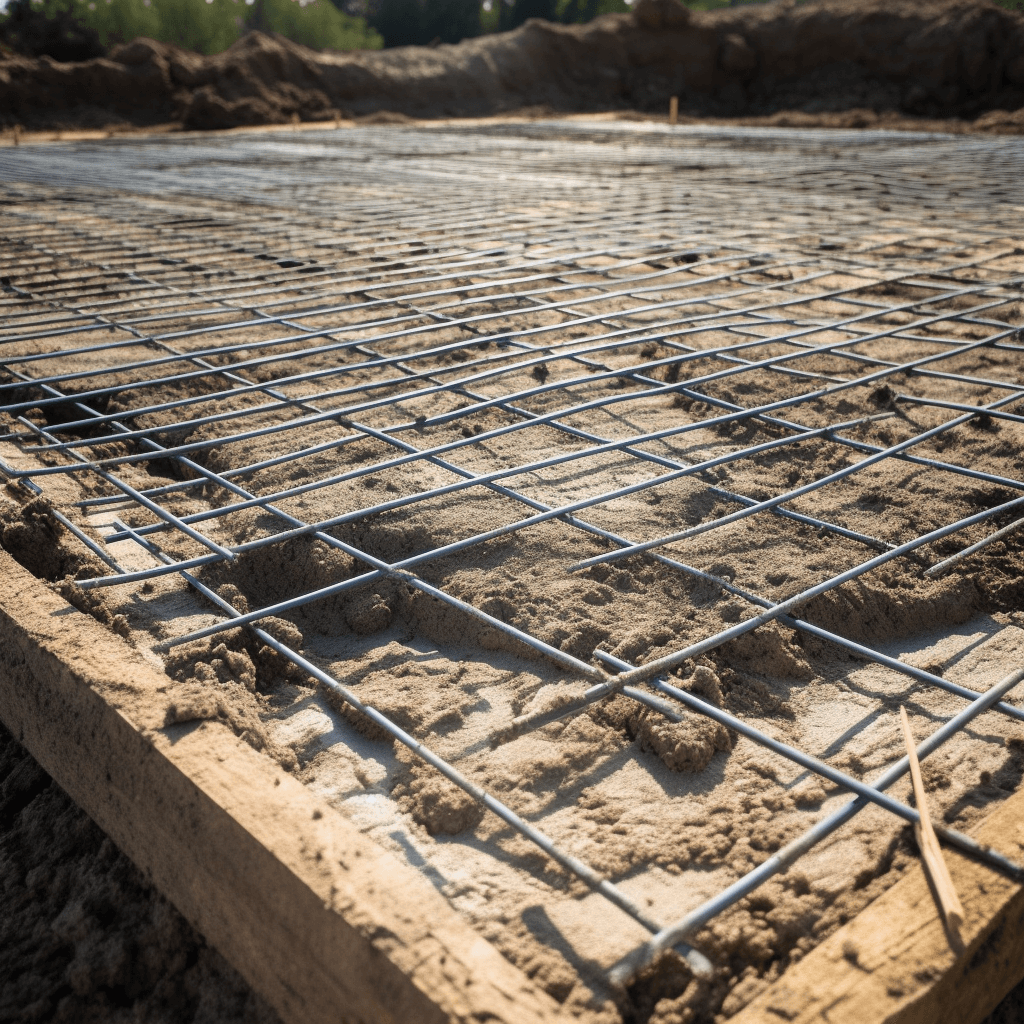
A Journey Through the World of Concrete Slabs
Have you ever walked through a bustling city, admiring the towering skyscrapers, or strolled along a smooth sidewalk? If so, you’ve experienced the magic of concrete slabs, one of the unsung heroes of modern construction. In this post, we’ll take an engaging storytelling approach to explore the fascinating world of concrete slabs.
Once Upon a Time, in a World Without Concrete Slabs
Imagine a time when city streets were unpaved, full of muddy puddles and uneven terrain. The earliest roads, dating back thousands of years, were made of materials such as cobblestone, wood, or even dirt. But then, concrete entered the scene, forever changing the landscape of our cities.
The use of concrete dates back to ancient Rome, where a mixture of volcanic ash, lime, and water created a primitive form of this versatile material. Fast forward a couple of millennia, and we’ve perfected the art of creating concrete slabs.
The Unassuming Heroes: Concrete Slabs
A concrete slab is a flat, horizontal, often rectangular, concrete surface that serves as a foundation for various types of construction projects. These include buildings, bridges, roads, and even your own backyard patio. But what exactly makes concrete slabs so special?
- Strength: Concrete slabs are incredibly strong and durable, capable of supporting massive loads. This is why they’re used as the foundation for buildings and other large structures.
- Flexibility: The versatility of concrete slabs is truly remarkable. They can be molded into virtually any shape, adapting to the specific needs of a project.
- Affordability: Concrete is an economical choice for large-scale construction projects. It’s cost-effective and readily available, making it a go-to material for builders around the world.
The Life and Times of a Concrete Slab
Now that we understand the importance of concrete slabs let’s take a journey through their life cycle, from creation to installation.
Mixing Things Up: The Birth of a Concrete Slab
The creation of a concrete slab starts with the mixture of its key ingredients:
- Cement: A powdery substance made from limestone and clay, cement is the glue that binds the other ingredients together.
- Aggregate: Small rocks or crushed stones provide the bulk of the concrete’s volume and enhance its strength.
- Water: Water activates the cement, allowing it to bind with the aggregate and harden into a solid mass.
These ingredients are combined in specific proportions, depending on the desired properties of the final product. Once mixed, the concrete is poured into a prepared form or mold, which shapes it into the desired slab dimensions.
The Waiting Game: Curing the Concrete Slab
As the concrete hardens, it undergoes a process called curing. During this time, the water in the mixture reacts with the cement, forming a chemical bond that strengthens the slab. Curing typically takes several days to weeks and is critical for the slab’s long-term durability.
To ensure proper curing, the concrete slab must be kept moist and at a consistent temperature. This can be done by covering it with plastic sheeting or wet burlap and occasionally spraying it with water. In colder climates, insulating blankets may be used to maintain the slab’s temperature.
Ready for Action: Installing the Concrete Slab
Once the curing process is complete, the concrete slab is ready for installation. This can involve a variety of techniques, depending on the project’s requirements and the expertise of your concrete contractor.
- For buildings, the slab may be installed directly on the ground, serving as a foundation for the structure.
For roads and sidewalks, slabs are typically laid side by side, creating a smooth, even surface for vehicles and pedestrians.
- For bridges, concrete slabs may be precast and then transported to the construction site, where they’re carefully positioned and secured into place.
In each case, the installation process requires careful planning, precision, and expertise to ensure the concrete slab provides a stable, long-lasting foundation for the project at hand.
Real-Life Examples: Concrete Slabs in Action
To truly appreciate the versatility and importance of concrete slabs, let’s take a look at some real-life examples that showcase their incredible uses and applications.
Skate Parks: An Unexpected Playground
Skate parks are a prime example of how concrete slabs can be transformed into a playground for thrill-seekers. These parks feature a variety of ramps, rails, and other obstacles, all carefully crafted from concrete slabs. The smooth, durable surface of the slabs allows skateboarders, BMX riders, and inline skaters to perform gravity-defying stunts and tricks.
Disaster Relief: Concrete Slabs to the Rescue
In the aftermath of natural disasters, such as earthquakes and hurricanes, concrete slabs have been used to create temporary shelters and emergency housing. These structures, built with prefabricated concrete slabs, can be quickly assembled, providing a safe and stable refuge for those affected by the disaster.
The World’s Tallest Buildings: Skyscrapers and Concrete Slabs
Many of the world’s tallest buildings, including the iconic Burj Khalifa in Dubai, rely on concrete slabs as a crucial component of their construction. These massive structures require an incredibly strong foundation to support their immense weight, and concrete slabs provide the stability and durability needed to keep them standing tall.
The Future of Concrete Slabs: New Horizons and Innovations
As we look to the future, it’s clear that concrete slabs will continue to play a vital role in the world of construction. However, as technology advances and new innovations emerge, we can expect some exciting developments in this field.
- 3D Printing: The advent of 3D printing technology has opened up new possibilities for creating concrete slabs with intricate designs and complex geometries. This could lead to more efficient construction processes and even more creative applications for concrete slabs.
- Smart Concrete: Researchers are developing “smart” concrete that can detect and transmit information about its own health, such as the presence of cracks or structural weaknesses. This could revolutionize the way we monitor and maintain our infrastructure.
- Sustainable Concrete: As concerns about climate change grow, the construction industry is exploring ways to create more sustainable concrete mixtures. This includes using recycled materials, such as crushed glass or plastic, as well as developing new cement alternatives with a lower carbon footprint.
As we’ve seen throughout time, concrete slabs are an essential and versatile building material that have shaped the world around us. From ancient Rome to modern-day cities, these unassuming heroes have provided the foundation for our homes, roads, and even our recreational spaces.
As we continue to push the boundaries of innovation, it’s safe to say that concrete slabs will remain a vital part of our built environment for years to come. So the next time you stroll along a sidewalk or admire a towering skyscraper, take a moment to appreciate the humble concrete slab and its incredible journey through history.

